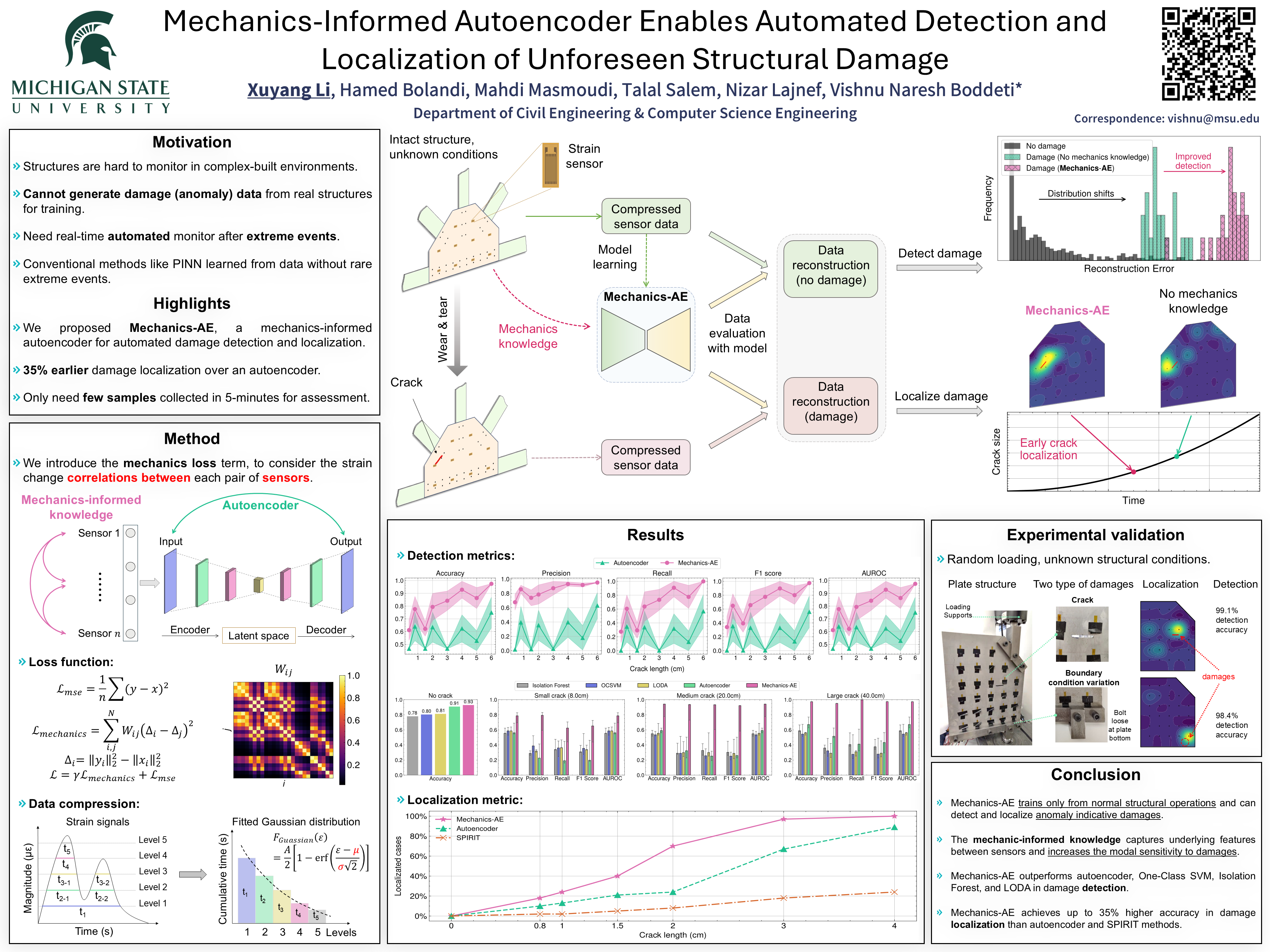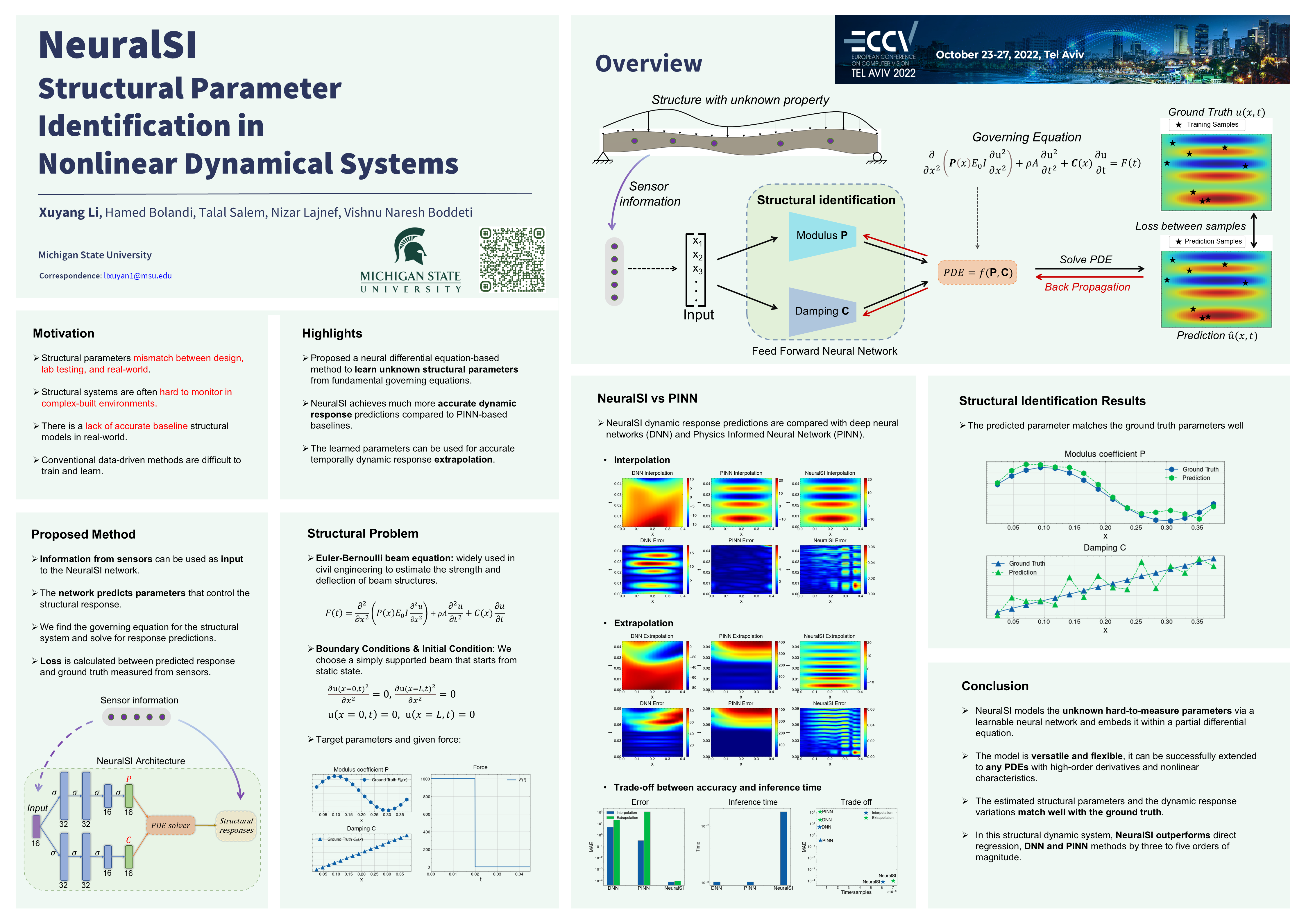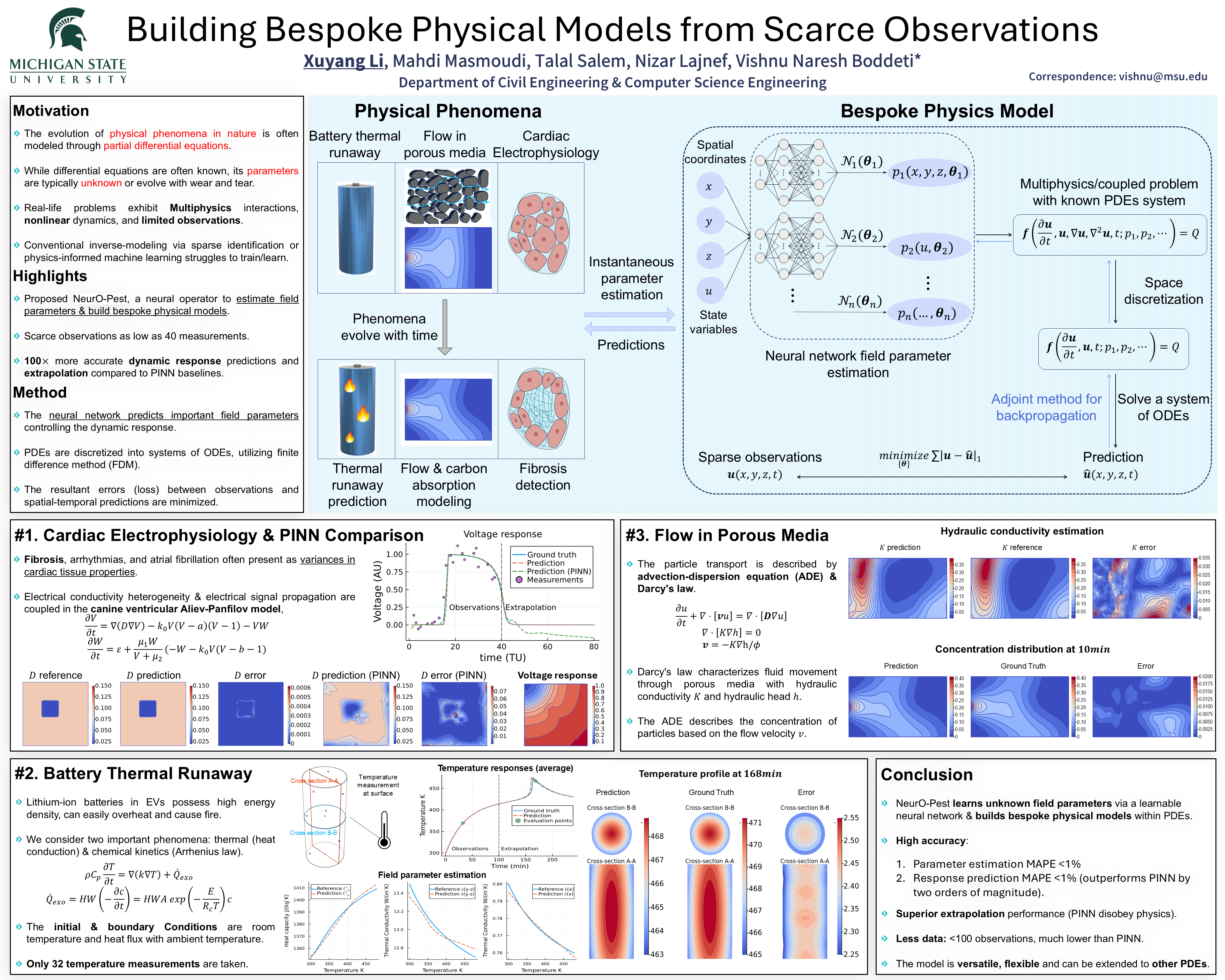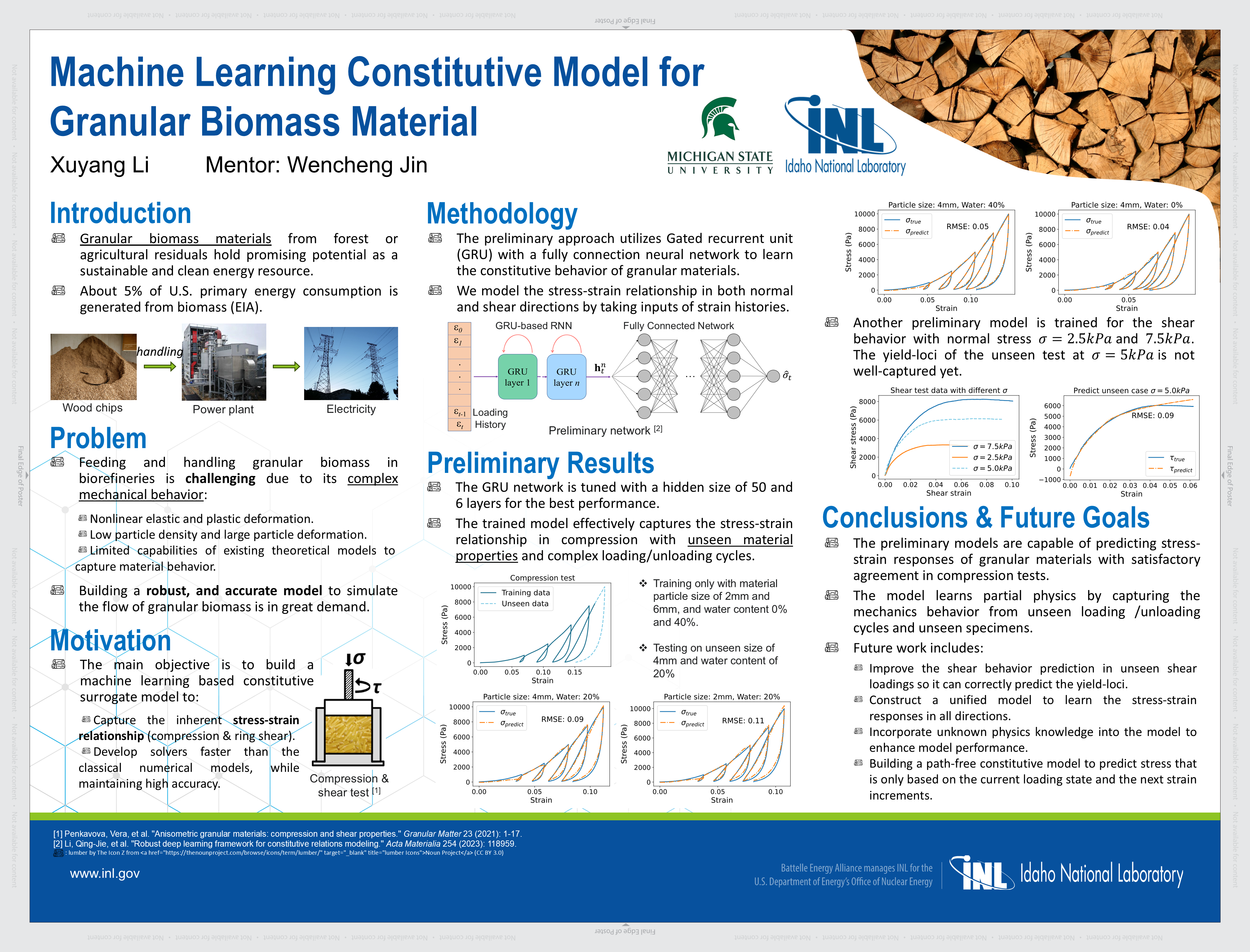Page Not Found
Page not found. Your pixels are in another canvas.
A list of all the posts and pages found on the site. For you robots out there is an XML version available for digesting as well.
Page not found. Your pixels are in another canvas.
This is a page not in th emain menu
Published in International Journal of Mechanical Sciences, 2021
Download here
Published in Behavior and Mechanics of Multifunctional Materials, 2021
Download here
Published in Frontiers of Structural and Civil Engineering, 2022
Download here
Published in Advances in Engineering Software, 2022
Download here
Published in arXiv preprint, 2022
Download here
Published in European Conference on Computer Vision (ECCV), 2022
Download here
Published in Smart Materials, Adaptive Structures and Intelligent Systems (SMASIS), 2022
Download here
Published in Applied Intelligence, 2023
Download here
Published in ICLR Workshop on AI4DifferentialEquations In Science, 2024
Download here
Published in Nature Communications, 2024
Download here
Published in NeurIPS Workshop on Data-driven and Differentiable Simulations, Surrogates, and Solvers. 2024
Download here

See blog post at Nature Research Communities Infrastructure resilience is emerging as a crucial need in the face of increased risks and hazards impacts. This highlights the need for reliable, cost-effective, and scalable infrastructure condition assessment and monitoring approaches. The need is driven by recent real-world failures that have led to catastrophic consequences, from the unnoticed cracks in the I-40 Bridge in Memphis, which resulted in an emergency closure, to the collapse of a bridge in Pittsburgh in 2022 due to undetected corrosion. These incidents reveal the limitations of traditional inspection methods and emphasize the need for more intelligent and efficient solutions. To prevent future catastrophes, it is essential to develop accurate baseline models that are scalable, generalizable, and tailored to the unique characteristics of each structure. AI-driven automated Structural Health Monitoring (SHM) systems offer a promising avenue to address the shortcomings of existing manual inspections and sensor technologies. By leveraging advanced algorithms and machine learning techniques, these systems can enhance early detection and localization of structural damage, thereby significantly improving infrastructure resilience and safety.
Our work is pubulished at Nature Communications and selected as Editors’ Highlights! Please check out the Paper and GitHub repository. 
Check out our publication here. 
A portion of this work is available at here. 
Check out our publication here. 
Teaching Assistant, Michigan State University, Civil and Environmental Department, 2020-2024
Teaching Assistant, Michigan State University, Civil and Environmental Department, 2020, 2022, 2024
Delivering Selected Lectures as a Postdoc, Pennsylvania State University, Information Sciences and Technology, Fall 2024
Instructor, University of North Carolina at Charlotte, Engineering Technology and Construction Management, Fall 2025